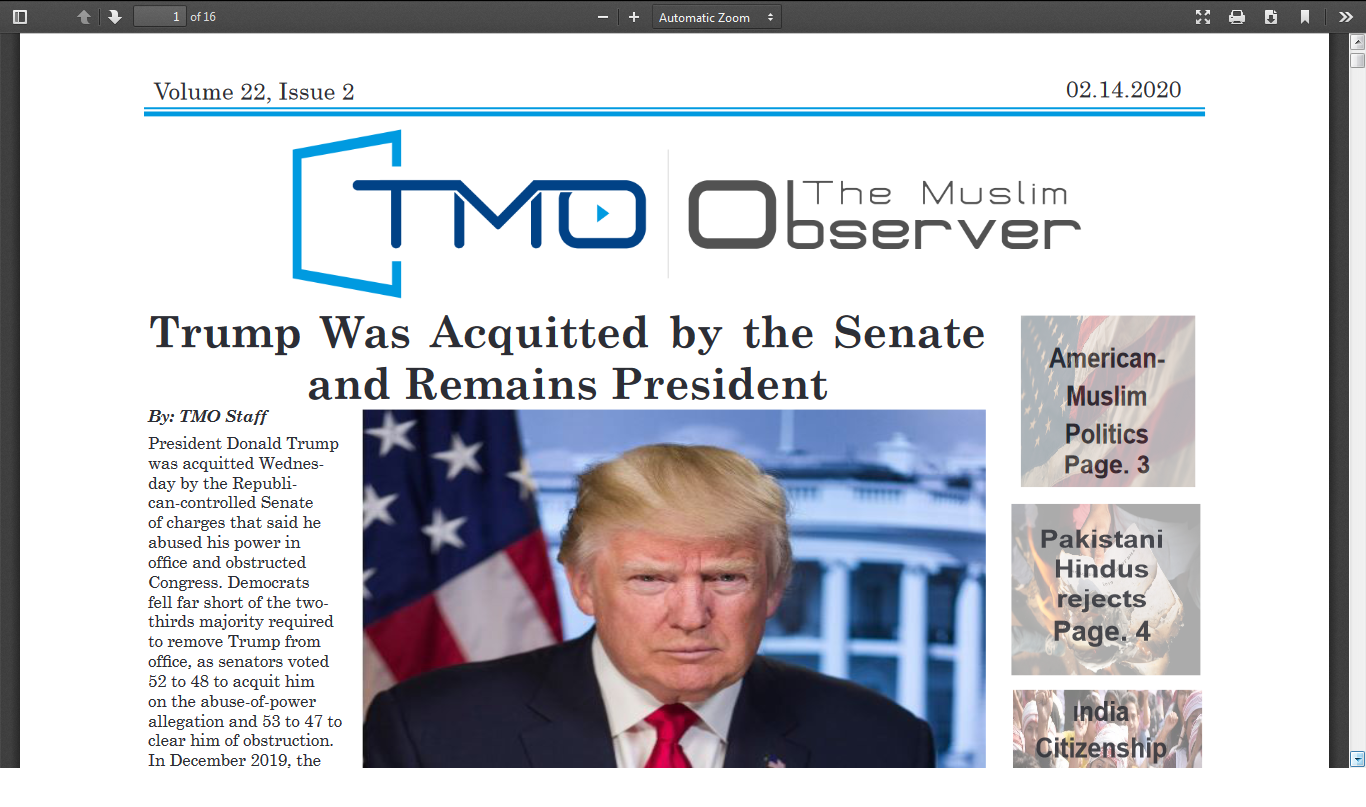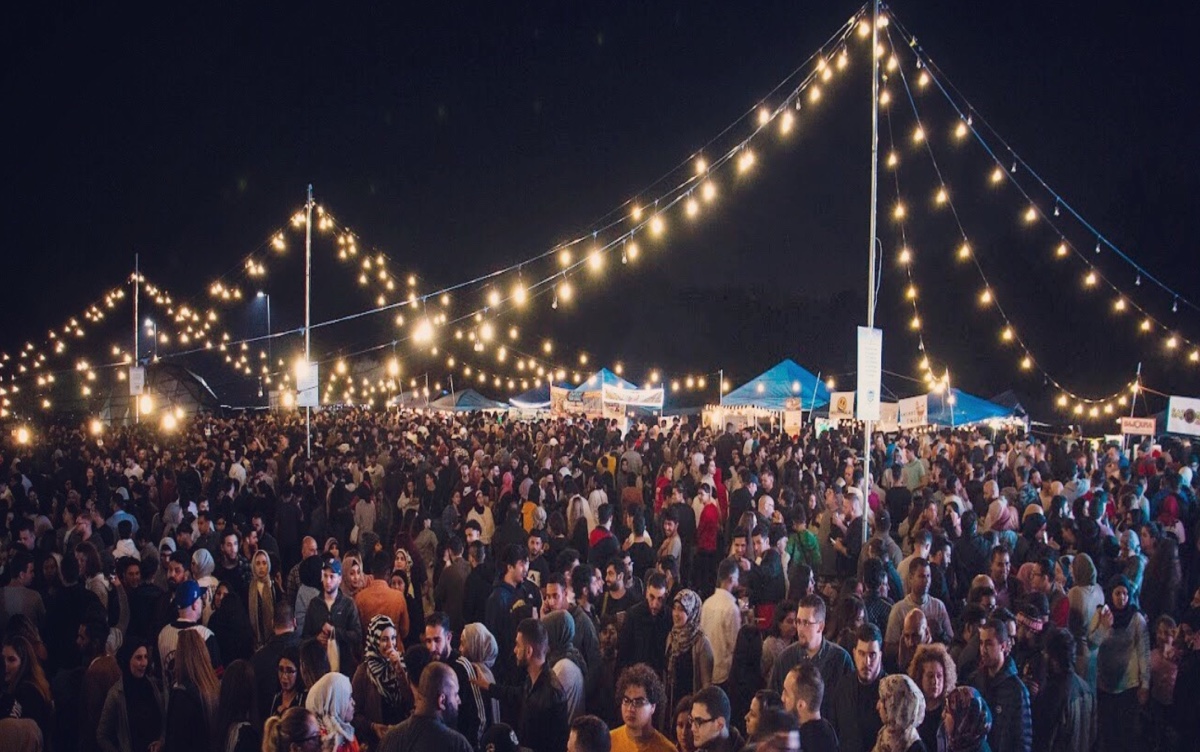Twain Shall Meet, in Turkey
By Aijaz Zaka Syed
Kipling was wrong; the East and West can and do meet. They do here in Turkey!
 |  |
Turkey is a nation forever living in two worlds. And nowhere is it more pronounced than here in the old quarter of Istanbul. Hagia Sophia, the world renowned Orthodox patriarchal basilica, and the magnificent Blue Mosque look like mirror images of each other. They stand in front of each other, only yards apart and forever whispering timeless secrets.
Both boast the identical giant, onion-shaped domes and minarets that are said to have changed the history of architecture.
Successive Turkish sultans renovated and expanded Hagia Sophia, the largest cathedral in the world for a thousand years, when it came into Muslim hands after the fall of Constantinople (Istanbul) in 1453 A.D. and was turned into a mosque. They fortified the old structure and almost rebuilt it, adding the distinct Islamic minarets, minbar and mehrabs.
The basilica was first built on the orders of Constantius II in 360 A.D. and rebuilt twice by his successors centuries later when it was burned down and ravaged in successive wars. When Constantinople fell to the Muslims after two months of siege, Sultan Mehmed II is said to have gone straight to Hagia Sophia (Aya Sofya in Turkish). He was reportedly shocked to find one of his soldiers hacking the “infidel structure.â€
The Sultan then ordered the conversion of the cathedral into a mosque.
The basilica itself was built on the ruins of a Greek temple. Sophia wasn’t a Christian saint. It’s the name of Greek deity of wisdom. Hence the name Ἁγία Σοφία in Greek. But then this happens all the time. New empires are built on the ruins of old ones. Old ideas give way to new ones.
For 500 years under the Ottomans, Hagia Sophia wasn’t just one of the most magnificent mosques in Muslim lands, it served as a model for other mosques and architectural marvels across the empire. If you are intrigued by the striking resemblance that the Blue Mosque, built by Sultan Ahmet in 1616 A.D., bears of Hagia Sophia, more such surprises await you all across Istanbul.
From Suleimanya mosque, where Suleiman the magnificent is resting after building a great empire spread across three continents, to Shezade, Rustem Pasha and Kilic Pasha mosques, the Hagia Sophia motif and European-Islamic fusion seems to run through all of Ottoman architecture. Indeed, these mosques, disconcertingly identical in design and color, dot Istanbul’s entire skyline, confusing all new arrivals.
Hagia Sophia was turned into a museum in 1934 by Mustafa Kemal Ataturk after five centuries of Islamic worship, much to the outrage of Muslims around the world. The founder of modern Turkey, however, was determined to make a clean break with the Muslim past and reinvent the country as a secular Western nation.
Today, Hagia Sophia and Blue Mosque stand together as they celebrate the meeting of the East and West and two great civilizations and faiths. The endless march of international visitors that passes through Istanbul and Turkey pays respects at both the shrines. Pope Benedict XVI and President Obama were the last prominent visitors.
Situated at the confluence of three continents and home to three great civilizations — Roman, Byzantine and Islamic — no city or country boasts a richer history than Istanbul and Turkey.
If you love history, like I do, you would love Istanbul. Straddling two continents and enveloped by three seas, the city is a historian and photographer’s delight. With its peaks and valleys and a breathtaking landscape dotted by opulent Ottoman palaces, mosques and both modern and traditional buildings, Istanbul captivates you with the very first look. Crossing and re-crossing those imposing bridges on the Bosporous, you seldom realize when you have crossed from Asia into Europe or the other way around. I haven’t come across a more majestic and picturesque city. London, Paris and New York can go take a hike.
No wonder many a filmmaker has tried to capture the magic of the great city — from Sean Connery-starrer From Russia With Love to the new Bond epic Skyfall. Great cities like Istanbul don’t reveal their charms to the dead eye of a movie camera though. You’ve got to live the magic to believe it.
This encounter of the East and West and Islamic way of life and Western outlook manifests itself in every respect, from food and culture to architecture and from arts and sciences to geopolitics.
Turkey does this balancing of two worlds rather well. Ataturk tried hard and nearly succeeded in banishing Islam and every association with it, including Arabic and Persian, and Westernizing the very way of life of a country that for centuries ruled and led the Islamic world.
Wearing of hijab was a crime until recently in a country that is 99 percent Muslim. For all practical purposes, Turkey became a Western country in every sense of the term, from its liberal way of life to cultural and sartorial choices.
After Ataturk’s departure, his legacy was fiercely protected by the military for nearly six decades. However, it seems, the great leader couldn’t quite succeed in his goal.
Of course, even today, save for those magnificent mosques, there’s little to suggest this is a Muslim country that ruled a vast empire stretching from Europe in the north — from Greece to Hungary to Transylvania — to Africa in the south to Himalayas in the east. (The Turks had reached as far as Vienna but retreated twice. If they had succeeded, who knows how Europe would have looked today!)
Muslim states as far as India and Far East remembered the Ottoman caliph in Friday sermons as the “defender of faith and inheritor of the Prophet’s (peace be upon him) mantle. In today’s Turkey, young people in school uniform — the size of girls’ miniskirt would be a red rag to the Taleban — still behave just as they do in the West, openly exchanging sweet nothings and much more.
Yet it’s not the same Turkey that Ataturk left behind. Islam has made a quiet but decisive comeback. And it’s not just demonstrated in the fact that the Islamists have firmly taken charge of the republic and have coaxed the meddlesome military genie back into its bottle. Neither is it seen in those colorful burqas and scarves that a growing number of Turkish women are increasingly taking a liking to. Better halves of both Prime Minister Recep Tayyip Erdogan and President Abdullah Gul proudly wear their hijab. This would be unthinkable a decade ago.
The long dormant Islamic spirit of the Turk has awakened. From confronting Israel on its crimes against a long tormented people to holding the butchers in Damascus to account, the new Turkey has reclaimed its pride of place once again in the Islamic world. From Palestine to Libya and from Egypt to Syria to Iran, Erdogan’s country is increasingly asserting itself and ever so defiantly, much to the concern of some of its allies.
But the new Turkey is also building on its strong bonds with the West as it eyes a bigger role on the world stage, befitting its size and growing political and economic clout. Already a member of the NATO, it commands the largest military force in the alliance after the United States. Its aspirations to join European Union have been resisted by former allies, Germany and France, raising the specter of a Muslim takeover of Christian Europe. Given the current economic mess in the elite club and a fast aging and dwindling population though, it’s not Turkey that needs Europe but the other way round.
The once sick man of Europe is in the pink of health today. Turkey hasn’t just survived the 2008 meltdown, it’s one of the fastest growing economies with Turkish investments now flooding the vast neighborhood from Central Asia to Middle East to Africa. Iqbal, the Asian poet philosopher, believed that the country where his spiritual guide Rumi lays buried would rise again soon. That time seems to have arrived.
I do not know where Turkey goes from here. But it finds itself in a unique position to act as the much-needed bridge between Islam and Christianity whose followers would soon constitute half of the world’s population. There has never been a greater need for peace and understanding between Abraham’s children. And there cannot be a better peacemaker than Turkey. Kipling was wrong. The East and West can and do meet. They do here in Istanbul.
Aijaz Zaka Syed is a Gulf-based commentator. Write him at aijaz.syed@hotmail.com
14-18












2012
774 views
views
0
comments